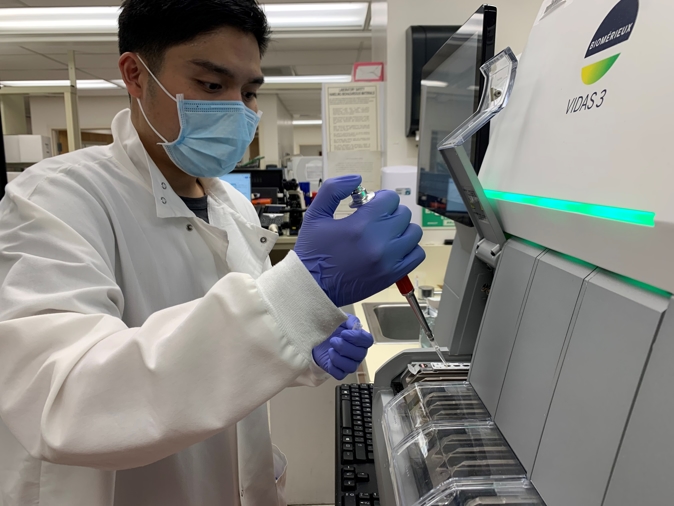Medical Minute: What Women Need to Know About Cardiovascular Risk
Mar 8, 2023

For many years, people thought heart disease and heart attacks were men’s problems. Research studies focused on men. Diagnoses and treatments were designed for men. Today, health professionals recognize that heart disease is the top killer of women, responsible for more deaths than all cancers combined. I think we can do something about that!
Yet just 44% of women say they know that cardiovascular disease is the top threat to their health, according to research in the American Heart Association journal, Circulation. Physically, a woman’s cardiovascular system is different from a man’s. Her heart and blood vessels are smaller. And she has a heart rate that tends to be higher at rest.
Pregnancy-related conditions, such as preeclampsia, and an overall decline in estrogen production with age, make women more vulnerable to heart disease and heart attacks. Additionally, two intertwined facts account for women’s place in heart disease statistics — the likelihood of experiencing a heart attack or stroke increases with age, and women in the U.S. live longer: an average of 81 years versus 76 for men.
Know Your Risks
Smoking, physical inactivity and excess weight raise the risk of heart disease in both sexes. But certain risk factors put women at even greater odds of having a heart attack:
- Smoking and taking birth control pills
- Hormone replacement therapy
- Metabolic syndrome, which includes a large waistline, low “good” cholesterol and high blood pressure, blood sugar and triglyceride levels
- Diabetes or prediabetes
- Yo-yo dieting
- Depression
For women, reducing the odds of heart disease starts with changing diet and exercise behaviors and recognizing the unique symptoms of a heart attack. The classic signs of a heart attack — shortness of breath and pain or discomfort in the center of the chest, back or jaw — are hard to miss. But subtler warning signs are more common in women: pressure or pain in any part of the chest, indigestion and heartburn, nausea and vomiting, shortness of breath, unexplained fatigue, back or shoulder pain or tightness or squeezing in the upper back and lightheadedness. Up to age 65, men and women experience hypertension (high blood pressure) at similar rates. But after 65, more women than men develop high blood pressure, according to the American Heart Association. Because hypertension increases a person’s risk of heart attack and stroke, it’s important for women to be screened at least annually by their provider. Cardiovascular disease is very treatable but requires early intervention from your doctor so that you can prevent it from becoming life-threatening.
In good health,
Dr. Paul Welch
Related articles

A Healthcare Career Rooted in the Community
November 13, 2024

‘I feel empowered’: Pandemic sheds new light on critical role lab plays in patient care
March 31, 2021

Peripheral Artery Disease: Understanding This Blood Vessel Disorder
December 5, 2023